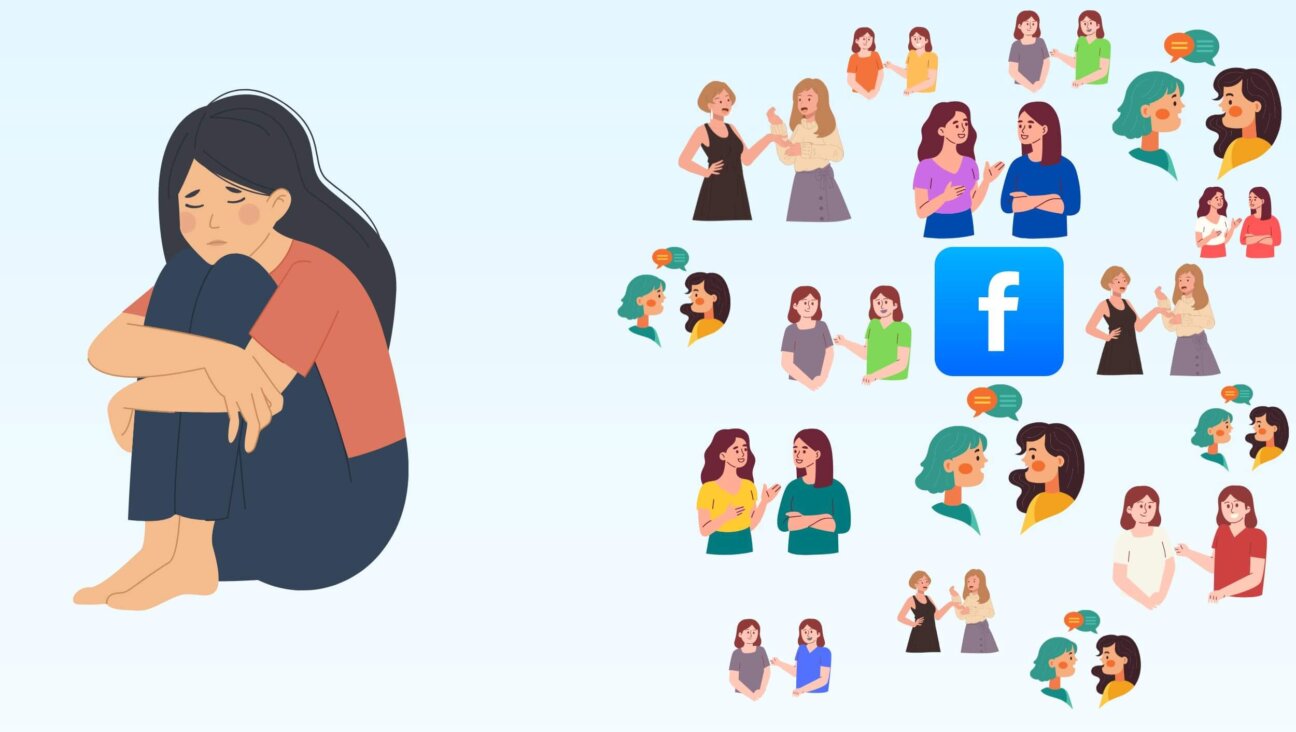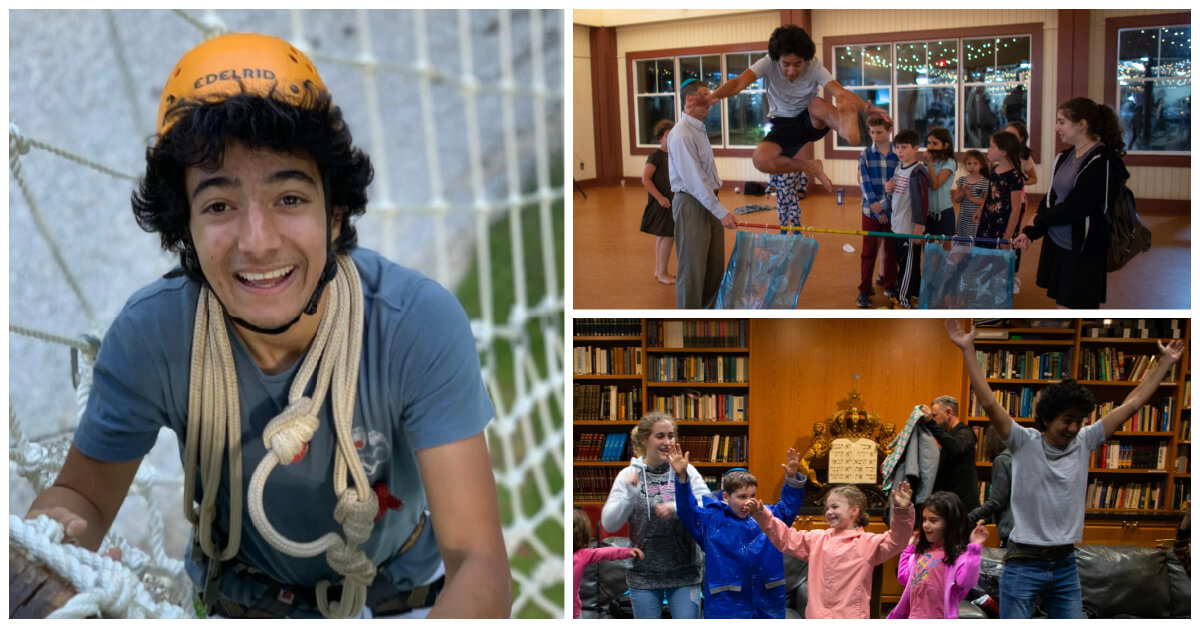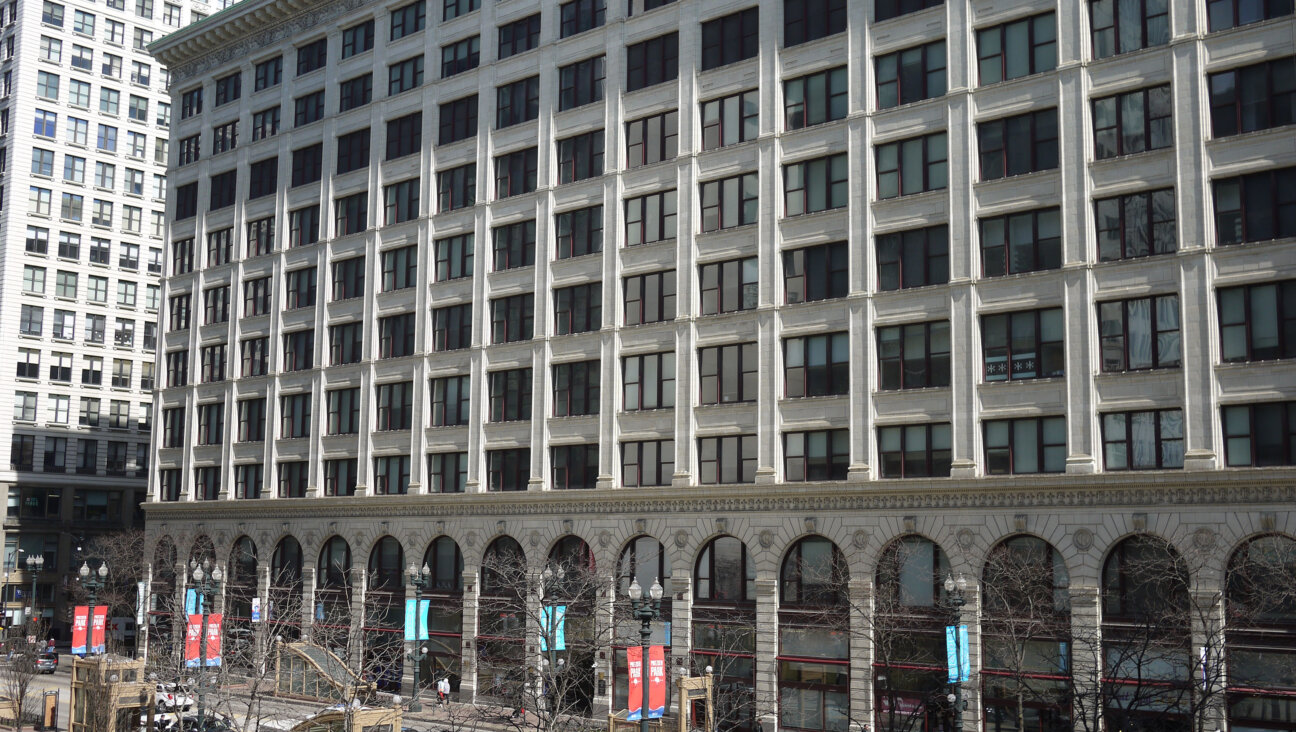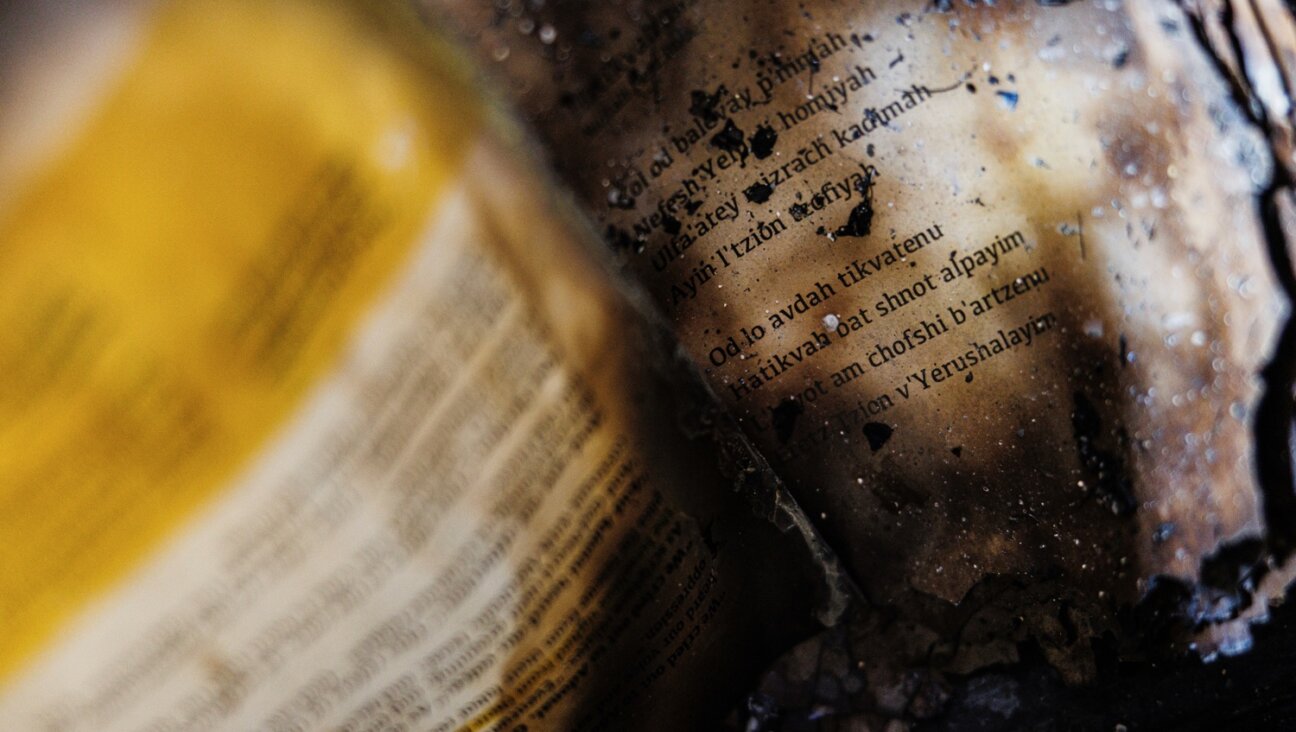How Two Small Flames Restored One Woman’s Secret Jewish Past

Image by Pixabay
Shabbat, as well as many Jewish holidays, begins with the lighting of candles. The candles are traditionally lit in the home at least 18 minutes before sunset. The lighting marks the beginning of a day of rest and refreshment.
It seems clear that this custom began at a time when our homes were not illuminated by electric lights but instead by candlelight. On this day when rabbinic Jewish law forbids the lighting of flames, we were forced to light the candles before Shabbat began so as to provide some light for the Shabbat dinner. Dinners illuminated by candlelight always provide an extra measure of ambience.
The lighting of Shabbat candles has became for many the central feature of the beginning of our Shabbat. We light candles. We cover our eyes. We say the blessing. We wish each other “Shabbat Shalom,” a peaceful Sabbath. Yet for many, the Shabbat candles and their lighting remain a mystery.
Over 500 years ago, the Jews of Spain experienced a golden age of Jewish culture. This soon came to an end when the Jews were persecuted by King Ferdinand and Queen Isabella during the Spanish Inquisition. The Jews were given a choice: Convert, or else. Some chose martyrdom. Finally, in 1492 (yes, the same year that Christopher Columbus sailed the ocean blue) they expelled the Jews.
In fact, the harbor was so crowded with ships filled with Jews fleeing Spain that Columbus’s departure was delayed by several days. It is also widely believed that Columbus’s navigator was Jewish. This exodus created the rich Sephardic diaspora in Turkey, Morocco and even Holland and then eventually New Amsterdam.
Still, some remained. They chose conversion. Outwardly, they practiced Catholicism. But secretly, in the quiet of their homes, they practiced Judaism. They were called Conversos. You may have heard them instead called Marranos, but Conversos is the more appropriate term. They often named their children after biblical heroes. In this way they preserved their ever so thin and tenuous connection to their Jewish heritage.
Years ago, I met a woman named Miriam. She did not know about her namesake’s many accomplishments. She did not know about the legends. As long as Moses’ sister Miriam journeyed with the Israelites, wells of water accompanied them. She did not know how Miriam picked up the timbrel and danced and sang when the Israelites rushed through the Sea of Reeds in that miraculous deliverance we still recall with the words of Mi Chamocha (Who is like you).
Miriam began asking questions. “Why did you choose to call me Miriam? Why is nearly every man in our family named David? How long have we lived in Spain?” She thought a lot about God and wondered about her faith. “How does one get close to God?” she would ask. Miriam traveled from her home in Spain to the greatest of all metropolises, New York City. She met an Israeli man (Of course. Where else would you meet an Israeli man?).
You might guess the rest of the story. They fell in love. They began dating. Ok, perhaps it was in the reverse order. One Friday evening Miriam invited Noam over for dinner. She cooked a beautiful meal. It was exactly as her mother had taught her and her grandmother before her had instructed. There was, of course, wine. Through the window they could see the sun setting. The windows of the adjacent buildings began to reflect the reds and oranges of sunset. Miriam jumped up from the table. She offered a hurried excuse. She ran to the back of the apartment and there she lit two candles held in old, worn candlesticks. She waved her hands in the air three times and covered her eyes. She quietly thought about all of her questions. She still sought answers.
She turned around to discover Noam standing behind her. He had tears in his eyes. “Why are you crying?” she asked. “You are Jewish.” “No, I’m not. I’m Catholic.” He stammered, “Then why are you lighting candles on Friday night?” “What in the world are you talking about? I don’t know why we light the candles. It’s what my family has always done. My mother does the same thing. My grandmother too. I was told that my great grandmother used to light the candles in a corner of her basement.”
In fact, the women of Miriam’s family have lit candles in hiding for the past 500 years. It seems clear that her family was once Conversos. Somewhere along the way they forgot the blessing. In another point in the journey of centuries they forgot why they were even lighting them. Now Miriam also knows why.
Now she also knows the blessing: “Baruch atah hashem, eloheiynu melech ha olam, asher kidshonu b’mitzvotzov vitzivanu l’hadlik ner shel Shabbat.” — Blessed are you our God, king of the universe, who has sanctified us with his commandments and instructed us to light the Shabbat candles.” It took some 500 years to recover the blessing. It took centuries to uncover the meaning.
The Shabbat candle’s flame continues to burn brightly. Whether we light on this Shabbat or the next, whether we light now, or even never, these candles’ flames can never be extinguished. The warmth and glow of Shabbat can never be diminished.
We look into the flames and say, “Shabbat Shalom.”
The Forward is free to read, but it isn’t free to produce

I hope you appreciated this article. Before you go, I’d like to ask you to please support the Forward.
Now more than ever, American Jews need independent news they can trust, with reporting driven by truth, not ideology. We serve you, not any ideological agenda.
At a time when other newsrooms are closing or cutting back, the Forward has removed its paywall and invested additional resources to report on the ground from Israel and around the U.S. on the impact of the war, rising antisemitism and polarized discourse.
This is a great time to support independent Jewish journalism you rely on. Make a Passover gift today!
— Rachel Fishman Feddersen, Publisher and CEO
Most Popular
- 1

News Student protesters being deported are not ‘martyrs and heroes,’ says former antisemitism envoy
- 2

News Who is Alan Garber, the Jewish Harvard president who stood up to Trump over antisemitism?
- 3

Fast Forward Suspected arsonist intended to beat Gov. Josh Shapiro with a sledgehammer, investigators say
- 4

Opinion My Jewish moms group ousted me because I work for J Street. Is this what communal life has come to?
In Case You Missed It
-

Opinion Yes, the attack on Gov. Shapiro was antisemitic. Here’s what the left should learn from it
-

News ‘Whose seat is now empty’: Remembering Hersh Goldberg-Polin at his family’s Passover retreat
-

Fast Forward Chicago man charged with hate crime for attack of two Jewish DePaul students
-

Fast Forward In the ashes of the governor’s mansion, clues to a mystery about Josh Shapiro’s Passover Seder
-
Shop the Forward Store
100% of profits support our journalism
Republish This Story
Please read before republishing
We’re happy to make this story available to republish for free, unless it originated with JTA, Haaretz or another publication (as indicated on the article) and as long as you follow our guidelines.
You must comply with the following:
- Credit the Forward
- Retain our pixel
- Preserve our canonical link in Google search
- Add a noindex tag in Google search
See our full guidelines for more information, and this guide for detail about canonical URLs.
To republish, copy the HTML by clicking on the yellow button to the right; it includes our tracking pixel, all paragraph styles and hyperlinks, the author byline and credit to the Forward. It does not include images; to avoid copyright violations, you must add them manually, following our guidelines. Please email us at [email protected], subject line “republish,” with any questions or to let us know what stories you’re picking up.














